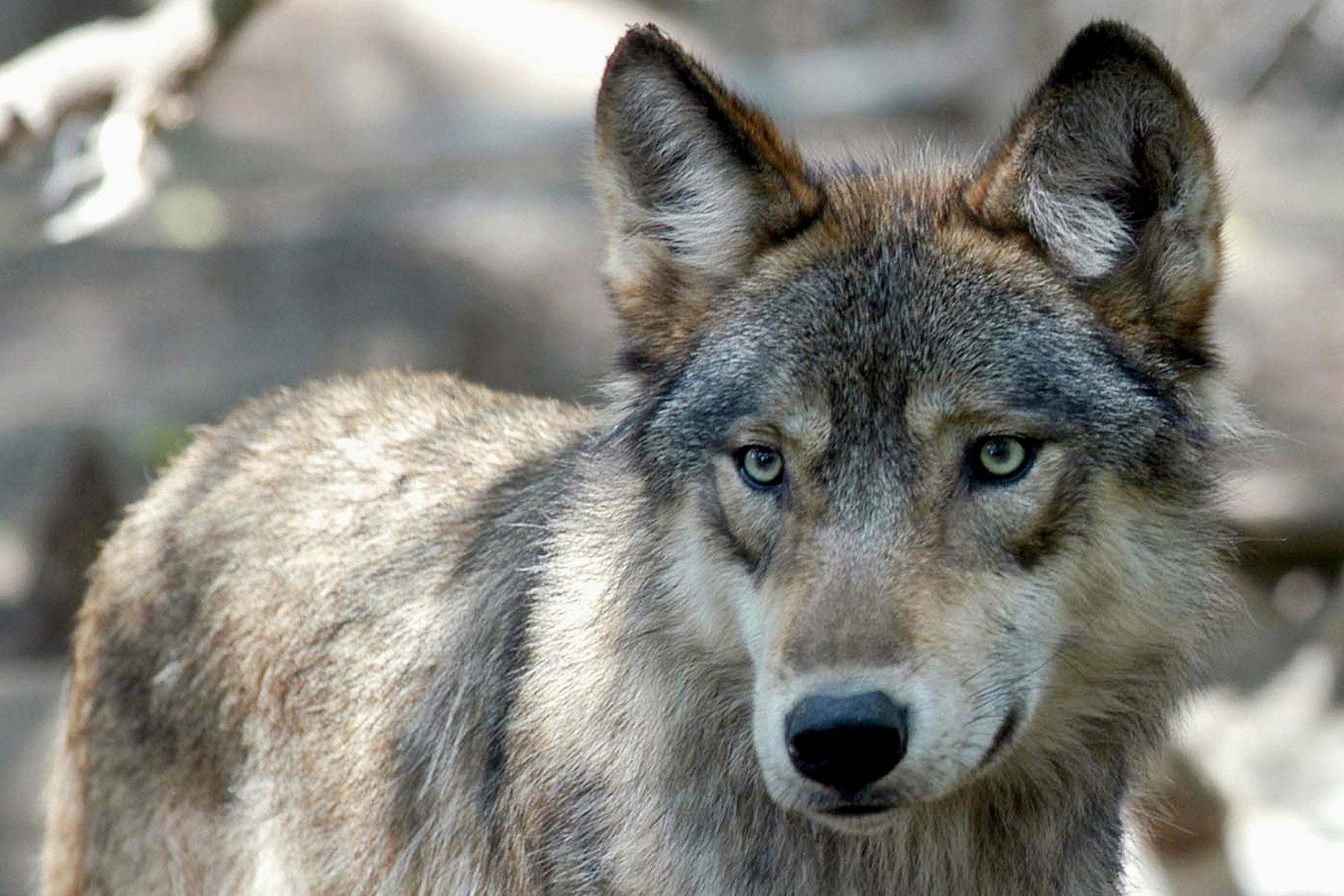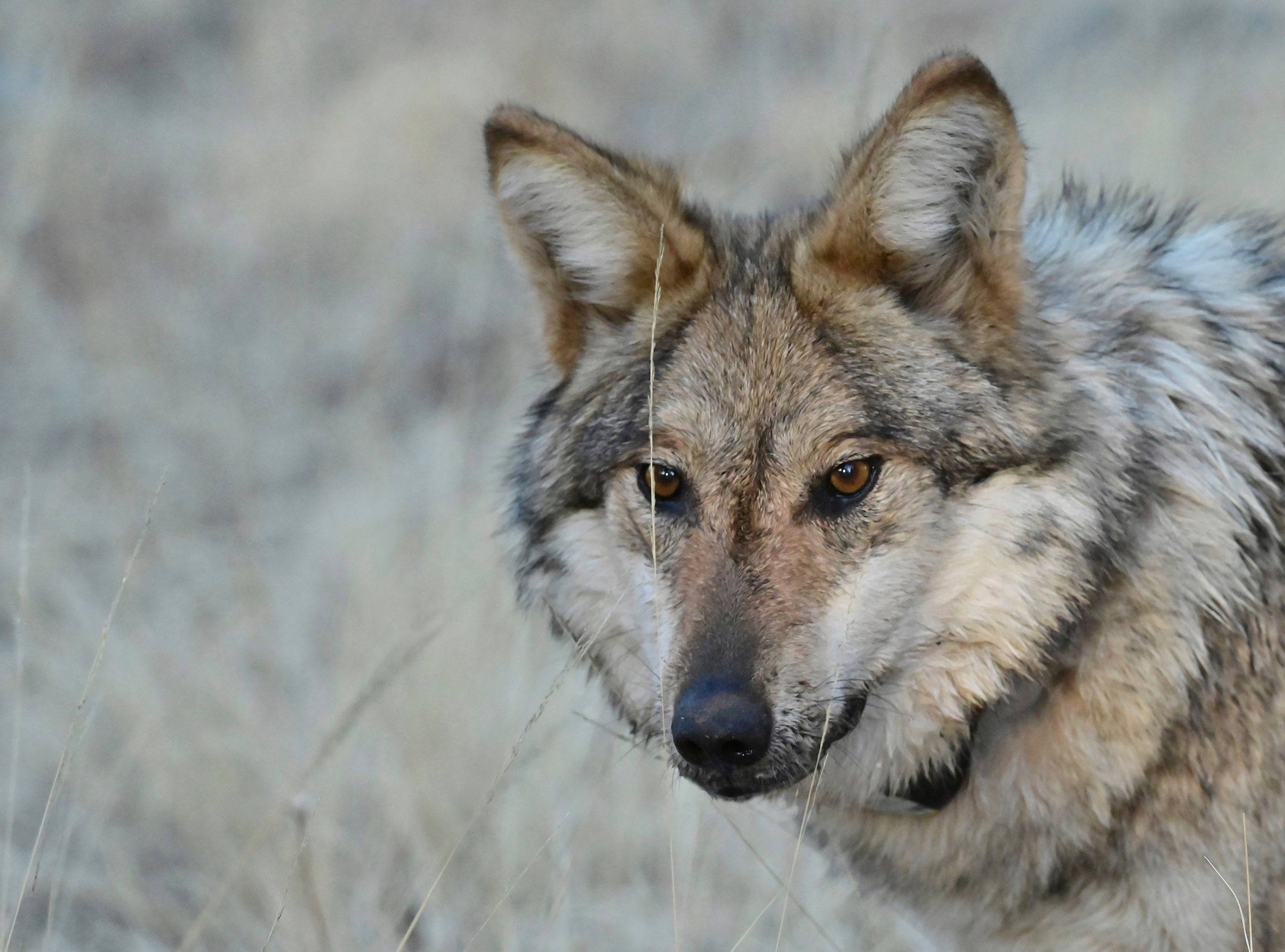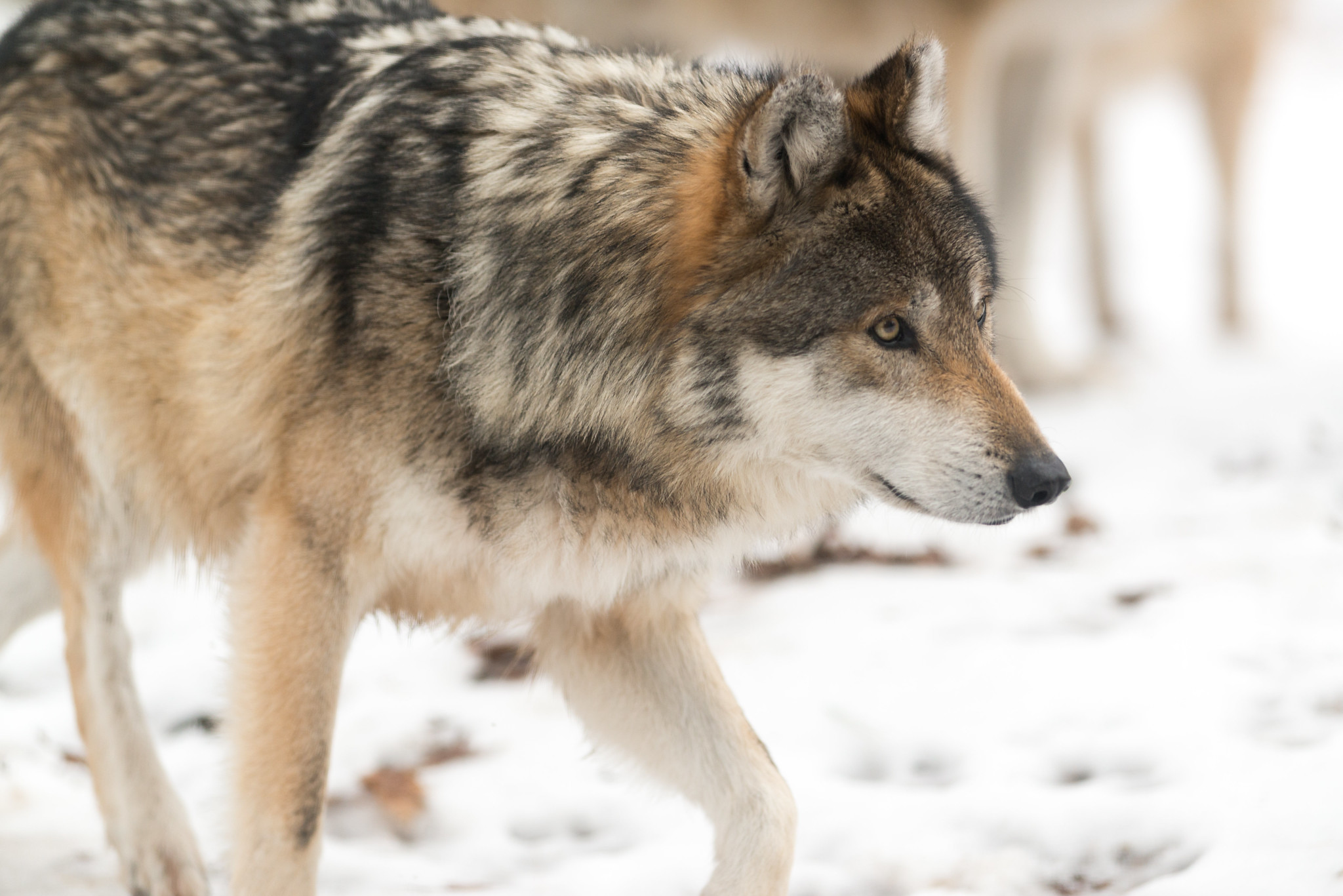The U.S. Fish and Wildlife Service is investigating three reported wolf killings in Wisconsin that have occurred within the last year, according to state wildlife regulators.
The most recent incident involved a young man who shot and killed a gray wolf in northern Wisconsin on Saturday.
The Wisconsin Department of Natural Resources said a group of three teenagers were duck hunting on public land in Oneida County. Brad Koele, the agency’s northern district wildlife supervisor, said they encountered wolves while hunting on the Wisconsin River near Eagle River.
“One of those wolves ran towards them, and they shot it,” Koele said. “They did voluntarily turn themselves in or report it right away, and it is being investigated right now.”
Koele said a local conservation warden and wildlife biologist with the agency verified the animal killed was a wolf. The DNR has turned the investigation over to the U.S. Fish and Wildlife Service, which will examine whether the shooting was justified. The DNR declined to comment further on the incident.
Chase Melton, 19, of Sugar Camp, told WJFW-TV in Rhinelander that he was with two other teens when a wolf approached their duck blind early Saturday morning. Melton said he tried to make noise by clapping and stomping around, but the wolf started jogging over to the group.
Melton said he grabbed his gun before a 13-year-old hunter pointed out a wolf behind him.
“We had a wolf at about 5 yards — I probably could have touched it with my hand. That was extremely scary,” Melton said. “Now, we’re really panicking. We’re like, ‘Alright, we’re surrounded. We have a wolf charging us right now.’”
Witnesses hunting nearby also reported seeing five wolves surrounding the teens and four more in the area, according to the media outlet. Melton said he didn’t want to shoot the wolf, but he fired one shot at the animal’s face because the teens felt harmed.

News with a little more humanity
WPR’s “Wisconsin Today” newsletter keeps you connected to the state you love without feeling overwhelmed. No paywall. No agenda. No corporate filter.
Incident is third reported within 12 months
Koele said another incident occurred over the summer in Adams County.
“My understanding is it was two kids recreating on some private property there. They were approached by a wolf, and they subsequently shot that wolf,” Koele said. “Again, (they) voluntarily turned themselves in, and that one we turned over to the Fish and Wildlife Service for investigation.”
In December, Pat Quaintance, a former DNR warden, shot and killed a collared wolf at his home in Bayfield during the early morning hours of Dec. 25.
A spokesperson with the U.S. Fish and Wildlife Service said it’s still investigating the incidents in Oneida and Bayfield counties. The agency deemed the wolf killing in Adams County an act of self-defense.
The DNR has received two reports this year of wolves threatening human health and safety. In April, Koele said an individual in Washburn County reported that wolves had come in close proximity to their cabin during the day on multiple occasions. In May, a farmer in Price County reported that wolves had repeatedly come near a farm, sparking concerns for disabled workers.
State wildlife regulators have received few reports about wolves threatening people. Koele said the DNR received one report last year, three in 2022, two in 2021, five in 2020 and one in 2019.
In such instances, the DNR recommends non-lethal methods to deter wolves and discourage any aggressive or harassing behavior. If the problem escalates, Koele said the DNR can consult with federal wildlife regulators about potentially killing wolves that pose a risk to human safety.
It’s currently illegal to kill a wolf except when defending a human life while the animal is listed as an endangered species, according to the DNR. People who illegally kill an endangered species can face a maximum of one year in prison and up to a $100,000 fine. Organizations can face up to a $200,000 fine.
The wolf’s status has changed multiple times over the years. In 2022, a federal court ruling restored federal protections for the gray wolf after a 2020 decision by the Trump administration led to the animal’s removal from the endangered species list in 2021.
Gray wolves were nearly hunted to extinction in Wisconsin beginning in the late 1800s, and only a few remained in the northern reaches of the state by the 1950s. First listed as endangered in 1974, DNR data shows the state’s population has since grown to roughly 1,000 wolves.
Wisconsin Public Radio, © Copyright 2025, Board of Regents of the University of Wisconsin System and Wisconsin Educational Communications Board.





